15 Photos of Madagascar's Cloud Forest
Madagascar's Cloud Forest is amazing. Take a look...
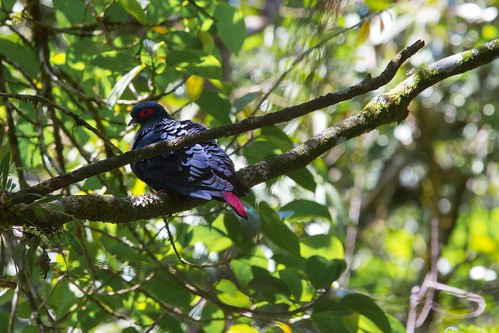
This is the Madagascar Blue Pigeon. It is endemic to Madagascar.
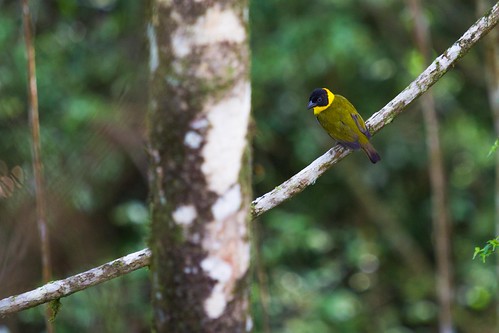
Weaver Bird. These guys build nests shaped like upside down socks that hang precariously from dangling branches. The tube of the nest, that faces downwards, is so that predators can’t enter the nest. The bird has to fly directly upward that turn to the bulging part of the ‘sock’, which is the actual sock.
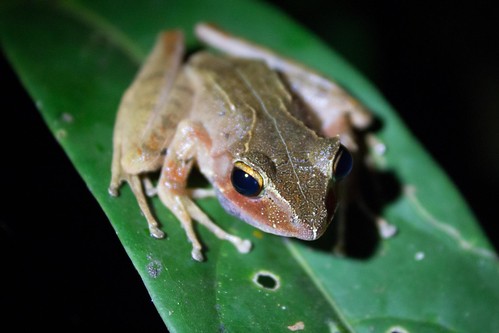
Nocturnal frog in Ranomafana National Park.
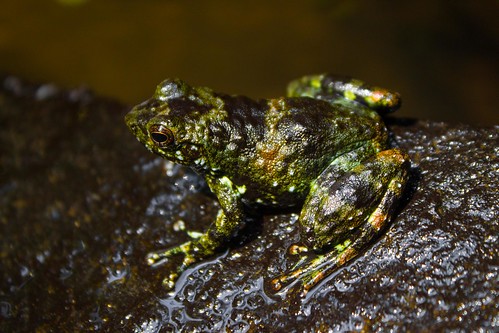
These small frogs are aquatic, and can be found in large numbers on rocks in slow moving streams or pools. Although you can’t tell from this photo, this guy is only a bit larger than my thumb nail.

Birds sleeping on a branch. During the night these birds will cuddle together high up in trees to sleep. Sometimes you’ll find whole families of four or five bundled together.
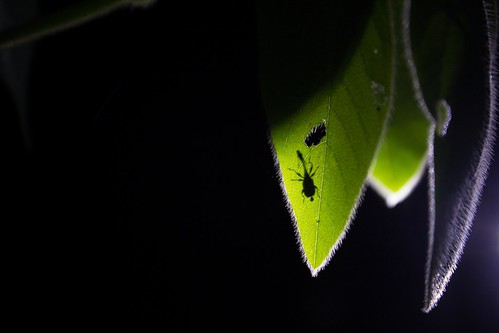
Weevils are one of the most famous insects of Madagascar, and are endemic. They get their name from, as you can see, their very long necks. The weevil pictured here is a female, but the males can have necks two to three times longer. The most fascinating thing about these insects is that when they lay eggs, the mother will roll them up inside one of these leaves, providing them a safe place to hatch.
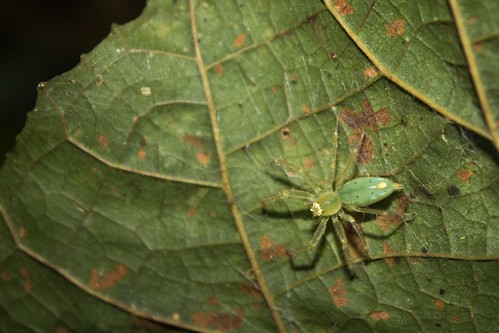
This spider is usually found on the bottom of leaves. It has clearly evolved to camouflage in these surroundings. Although it’s not visible in this photo, they can be somewhat see through, allowing us to see their inner systems.
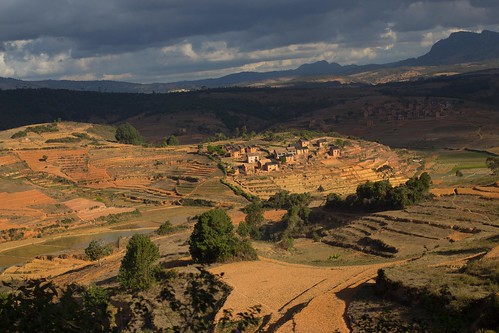
An example of tavy, the slash and burn agriculture that’s devastating the forests of Madagascar.
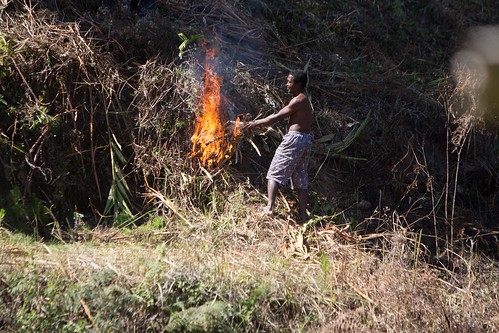
Tavy involves cycles of growing, fallow, and burning. In this picture, farmers are burning the underbrush that has grown on this destroyed part of land after years of fallow. Once burned, they will have more nutrient rich soil to start the next cycle.
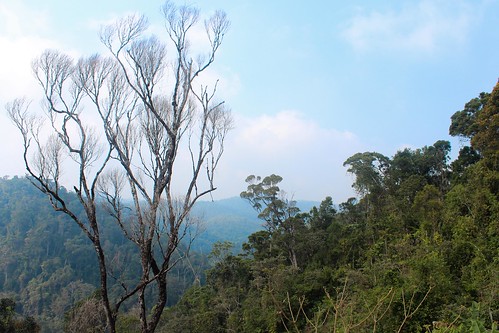
This shows the canopy of the lowland cloud forest. The differing canopy heights and extreme variation in tree species is unique to this environment.
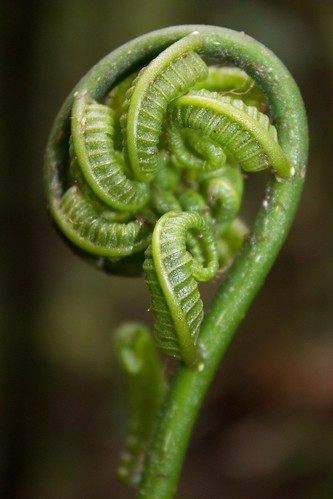
Ferns and tree ferns are a typical part of the Malagasy rainforest. This is a fiddlehead, the furled fronds of a young fern. They are sometimes, but rarely, eaten by lemurs. People have theorized as to why the lemurs don’t exploit this resource. People think it may be because they spend most of their time in the canopy, and won’t travel to the ground for a fern, or that they don’t enjoy the bitter taste, caused by the high amount of tannins.
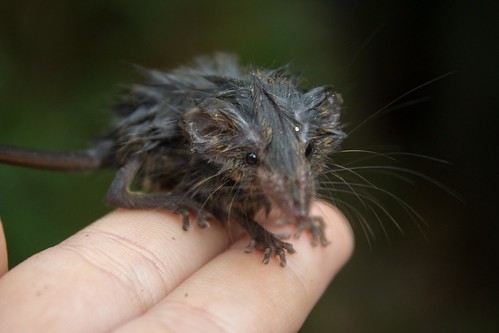
This is a tenrec, a small mammal that is endemic to the Madagascar region. This is a shrew tenrec, but tenrecs can resemble otters, hedgehogs, opossums, or mice.
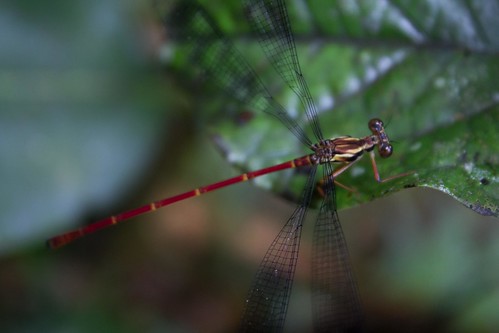
Insect species in Madagascar haven’t undergone extensive research, especially dragonflies and damselflies. There are hundreds of species that have yet to be identified or described.
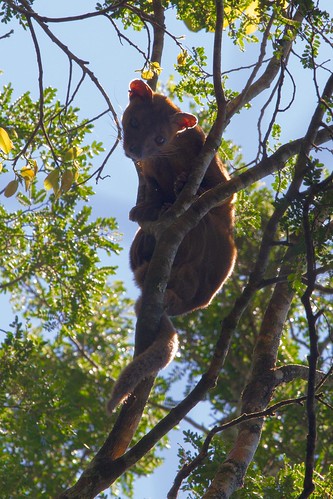
This is the famed fossa, the largest carnivore in the forest, and is endemic to Madagascar. It’s essentially the local equivalent of a small cougar. Fossas have special claws that allow them to lead an arboreal life. They can climb up and down trees head first, which is surprising for a creature that big. They are the most fierce animals in the forest, and yet they manage to be adorable at the same time.

The rolling hills of cloud forest at Ranomafana National Park.
Anne Driscoll is a member of the Youth Travel Blogging Mentorship Program.
All photos courtesy and copyright Anne Driscoll
